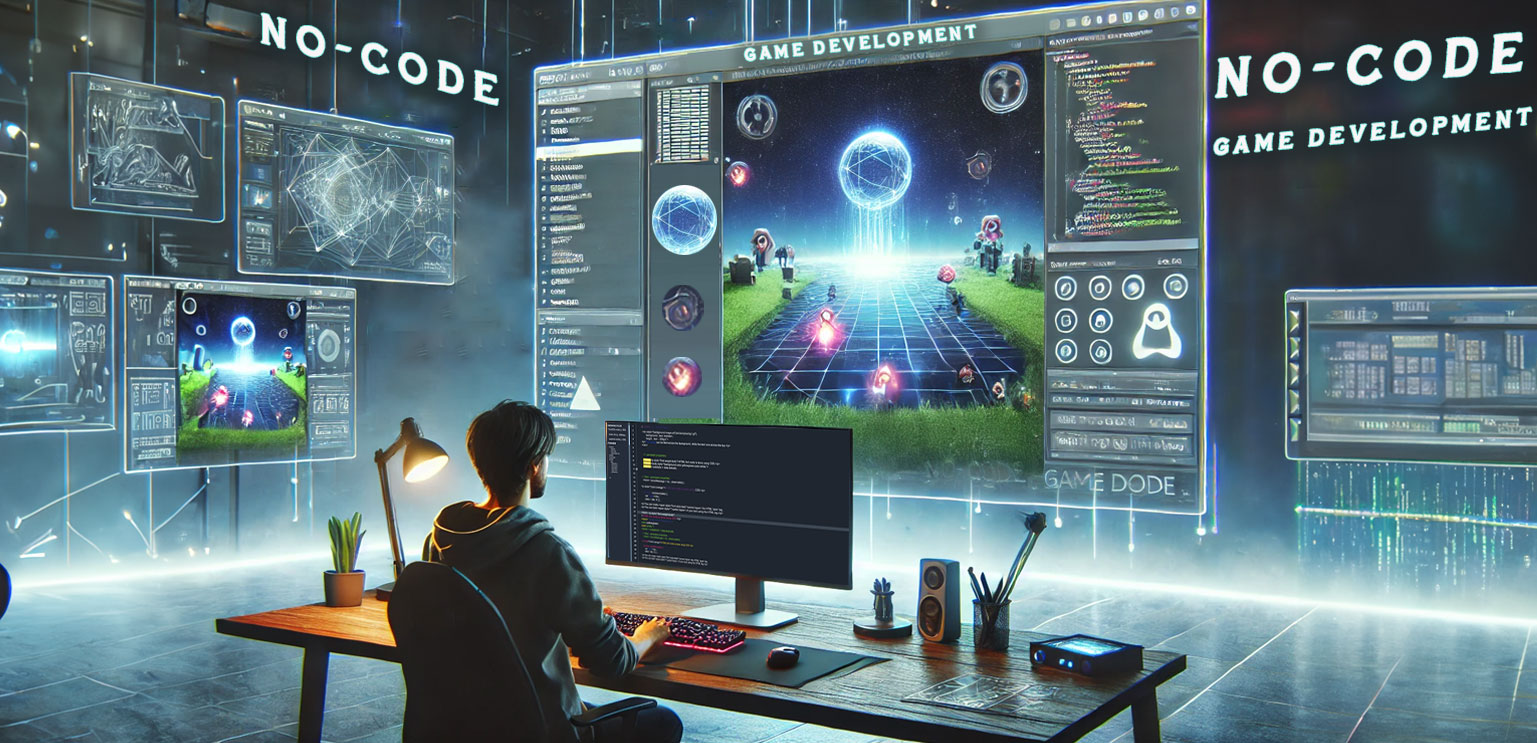Neural Networks in Gaming: AI That Learns from Players
The gaming industry is evolving fast, and artificial intelligence (AI) plays a huge role in shaping new experiences. One of the most exciting developments is the use of neural networks—a type of AI that learns and adapts based on player behavior. But what does this mean for gamers and developers? Let’s dive in.

What Are Neural Networks?
Neural networks are a form of machine learning inspired by the human brain. They process vast amounts of data, identify patterns, and make intelligent decisions. In gaming, this means AI can analyze how players behave and improve itself over time—creating more dynamic and personalized gameplay.
How Do Neural Networks Impact Gaming?
Neural networks are revolutionizing gaming in several ways:
-
Smarter NPCs (Non-Playable Characters)
Traditional game AI follows preset rules, making NPCs predictable. But with neural networks, NPCs can learn from past interactions, adapt to different playstyles, and become more challenging over time. Imagine an enemy that studies your strategies and counters them in future battles! -
Personalized Gaming Experiences
AI can track how you play and adjust difficulty, enemy behavior, or game progression to match your skill level. Games like Alien: Isolation use AI to make the alien predator smarter based on how players try to avoid it. -
Better Matchmaking and Fair Play
Multiplayer games rely on matchmaking systems to create balanced matches. Neural networks can analyze player performance and ensure fairer matchups, leading to higher player retention and more enjoyable experiences. -
Procedural Content Generation
Developers use AI to create levels, landscapes, and quests dynamically, making games feel fresh and unpredictable. This is especially useful for open-world or roguelike games where variety keeps players engaged. -
AI That Learns From the Community
Some games allow AI to evolve based on how the entire player base interacts. For example, racing games can record driving patterns and create AI opponents that mimic real players.
The Future of AI in Gaming
As neural networks become more advanced, we can expect even more realistic and immersive experiences. Future AI might predict what players enjoy, generate completely unique stories, and even learn emotions to create responsive narratives.
Final Thoughts
Neural networks are transforming the way we play, making games smarter, more adaptive, and deeply engaging. For developers, integrating AI means crafting worlds that evolve, react, and challenge players in exciting new ways.
At Gamix Labs, we stay ahead of gaming trends, helping developers bring cutting-edge AI-driven experiences to life. Want to explore AI-powered game development? Let’s create the future of gaming together!









